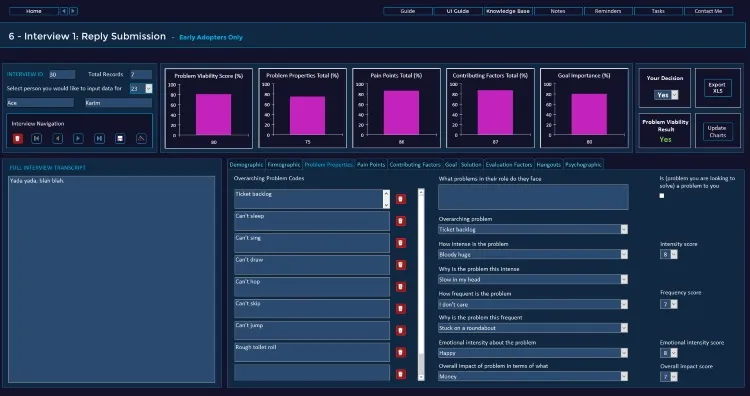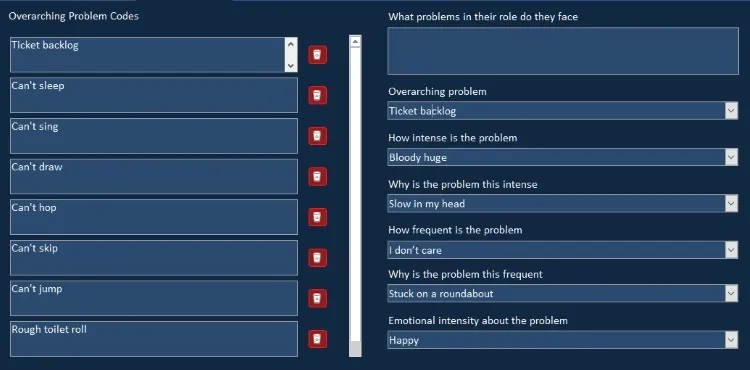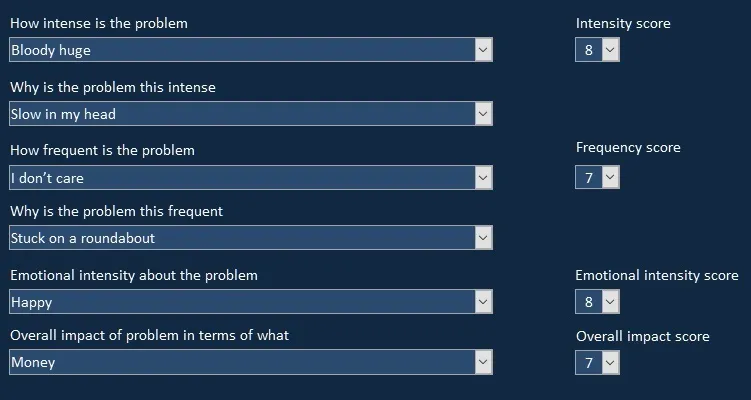
The Startup Process
A Guide Without The Missing "How-To" Bits
The Startup Process is a step-by-step comprehensive guide to launching your startup. It takes into account many of the landmines that other startups succumbed to, as well as many methods and techniques that aided successful startups.
It also takes into account the evolving dynamic nature of markets, and the need for us as founders to not be chained to advice, rooted in a time and place that no longer exists. A fate that may well befall Startizer someday.
Why A Structured Tech Startup Process?
You Can Either Look Busy Or Make Actual Progress
When there are so many things to do, how do you know where to start? How do you know what to work on next? You can work on things that will move the right needle at the right time. Or you can constantly ask yourself “What should I work on now?”
Things not done within a systematic process can result in you jumping around doing a bit of this, and a bit of that, not knowing if this is the thing you should be working on. This lack of focus and clarity can result in you wasting your time, or susceptible to chasing every new shiny thing for an edge you are not ready to gain nor apply.
Furthermore, you are acquiring disjointed snapshots of knowledge, and not continuous interconnected streams of knowledge, where you progressively build on what you learn.
It requires the clarity to say no to things that are not conducive towards the primary objective at that time, that takes you one step closer in an efficient manner.
4 Phases In The Startup Process
Incorporating 30 Steps
The process has to start in an indisputable place. However, startup and all that, is anything indisputable? What truths do you even know? You have an idea, don’t you? Cool, then that’s where you’ll start.
Phase 1
1. Idea Breakdown
2. Problem Research
3. Market Survey 1
4. Market Audit 1
5. Audience Disposition
6. Interview Questions
7. Audience Outreach
8. Audience Interviews
9. Problem Mapping
10. Solution & Early Adopter Advantage
11. Persona and ICP Generation
12. Market Demand Validation 1
Phase 2
13. Competition Audit 1
14. Solution & Visionary Solution
15. Update Solution & MVP Propositions
16. Market Demand Validation 2
17. Business Model
18. Business Model Element Viability Assessment
19. Risk Assessment
20. Regulatory Compliance
Phase 3
21. Prototype
22. Prototype Validation
23. MVP Production
24. Competition Audit 2
25. Market Opportunity 1
26. Initial Funnel
27. MVP Closed Testing & Update
Phase 4
28. MVP Incremental Launch
29. Initial Traction
30. Problem - Solution Fit
31. Early Traction








